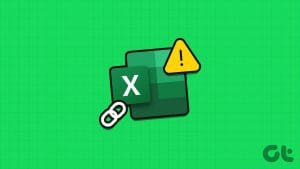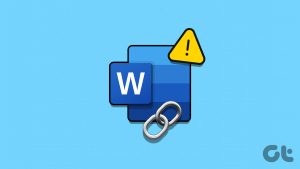Method 1: From the Edit Hyperlink Dialog
The context menu has a series of shortcuts for performing actions. You may use it to open the Edit Hyperlink Dialog and extract your hyperlinks. Here’s how:
Step 1: Launch Excel on your computer and open the document with hyperlinks.
Step 2: Click on the Sheet tab with the hyperlinks and select the cell with the hyperlinks.
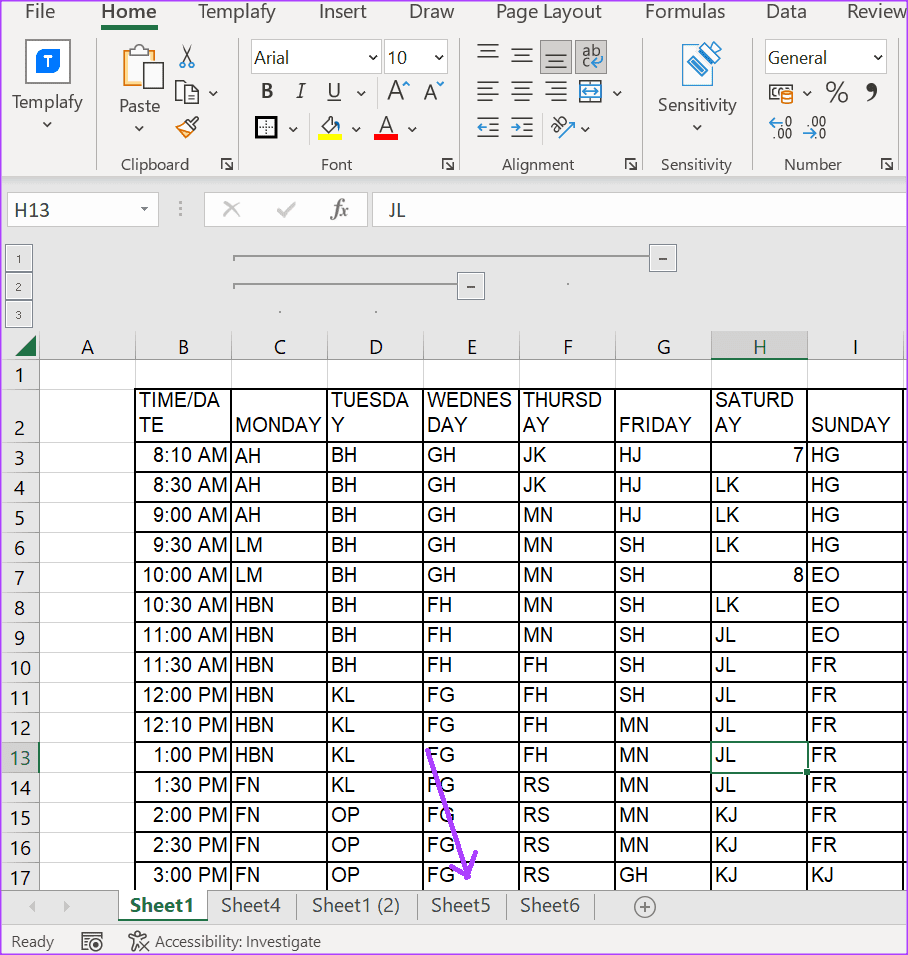
Step 3: Right-click the cell with the hyperlink to launch the context menu.
Step 4: Select Edit Hyperlink to launch the Edit Hyperlink dialog box.
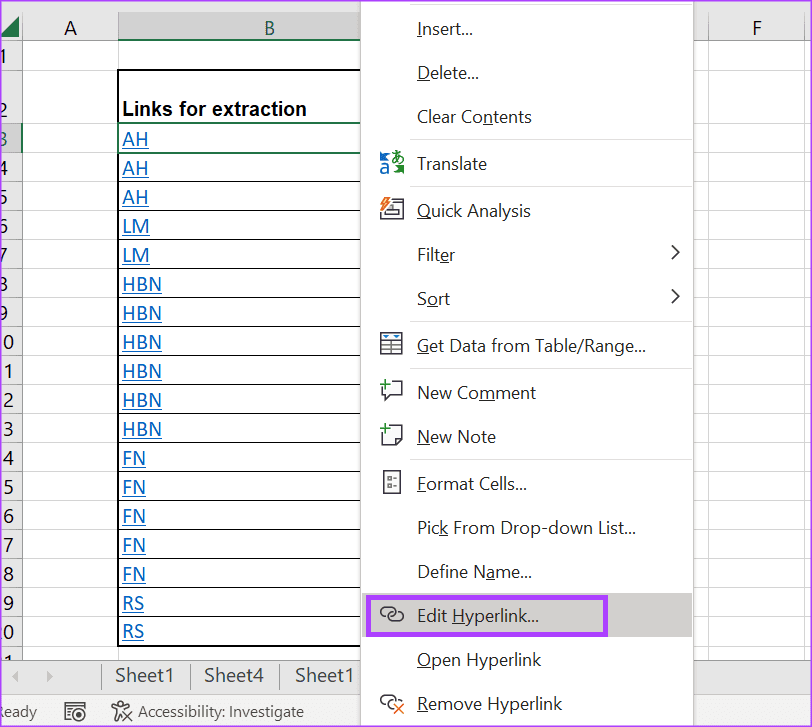
Step 5: Place your mouse cursor in the Address field of the Edit Hyperlink dialog box to highlight the URL.
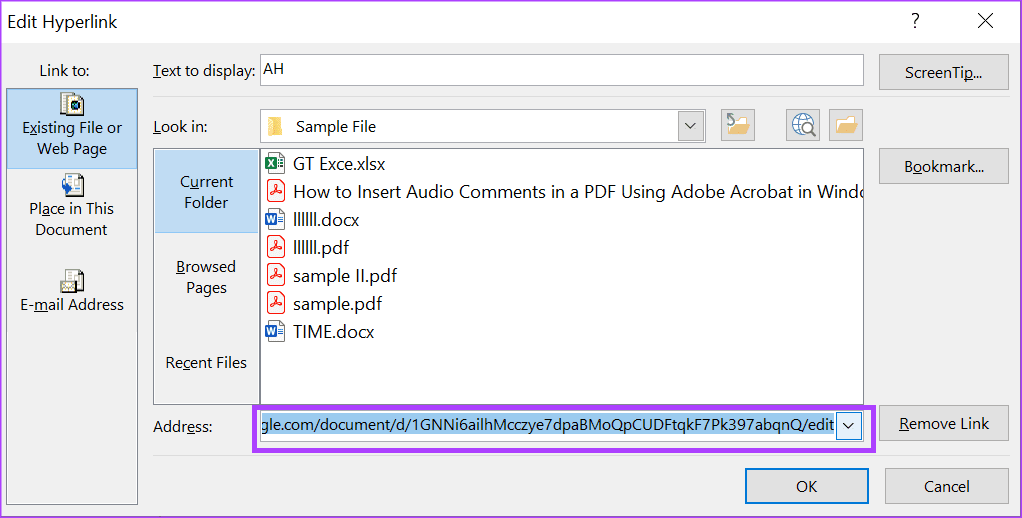
Step 6: Right-click the highlighted URL and select Copy. Alternatively, you can use the shortcut Ctrl + C to copy the URL.

Step 7: Click OK to close the Edit Hyperlink dialog box.

Step 8: Finally, right-click the Excel document or the document where you would like to place the extracted links and select Paste. Alternatively, you can paste the URL using the Ctrl + V shortcut.
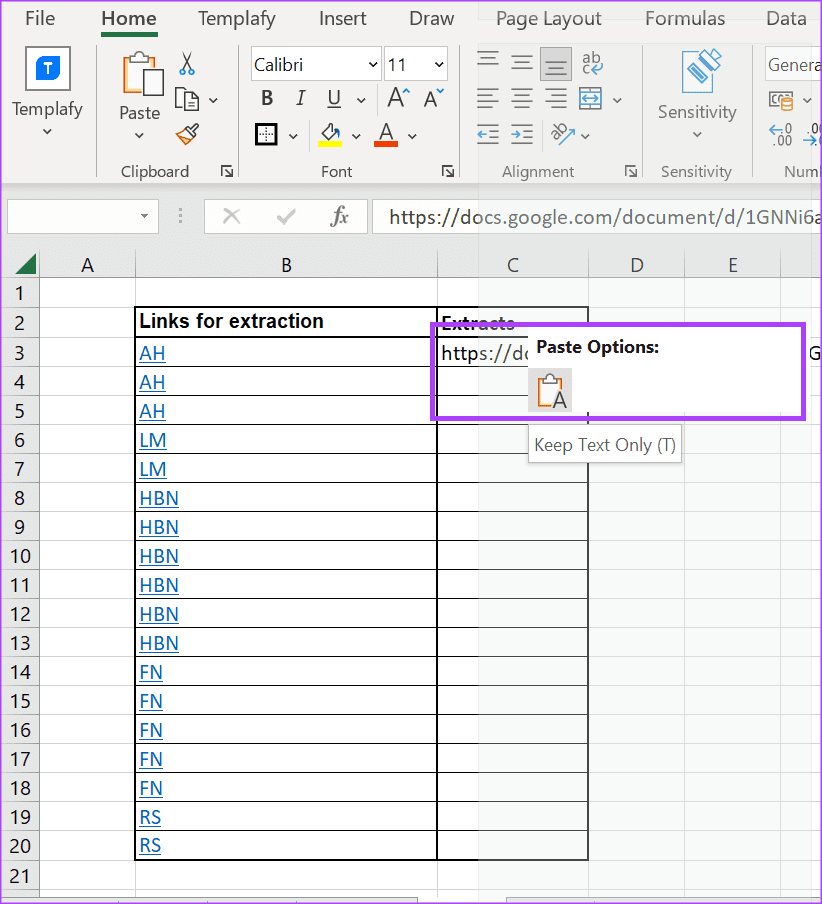
If the hyperlinks in your Excel workbook do not work, try checking the link path, repairing the workbook, or running the Office repair tool to fix it.
Method 2: Using Word Processors
You can use Word and an HTML reader like Notepad to extract hyperlinks from a moderately sized data set. Copy the hyperlinks from your Excel to a Word document, then save the Word document as HTML. Here’s how:
Step 1: Launch Excel on your computer and open the document with hyperlinks.
Step 2: Click on the Sheet tab with the hyperlinks and copy all cells with the hyperlinks.

Step 3: Open a new Word document and paste the copied hyperlinks into the document.

Step 4: Press Ctrl + S to launch the Save window in Microsoft Word. Alternatively, click the File tab on the Ribbon and select Save As to launch the Save As window.

Step 5: Enter a name for your file in the File name field.

Step 6: Click the Save as type drop-down and select .html.
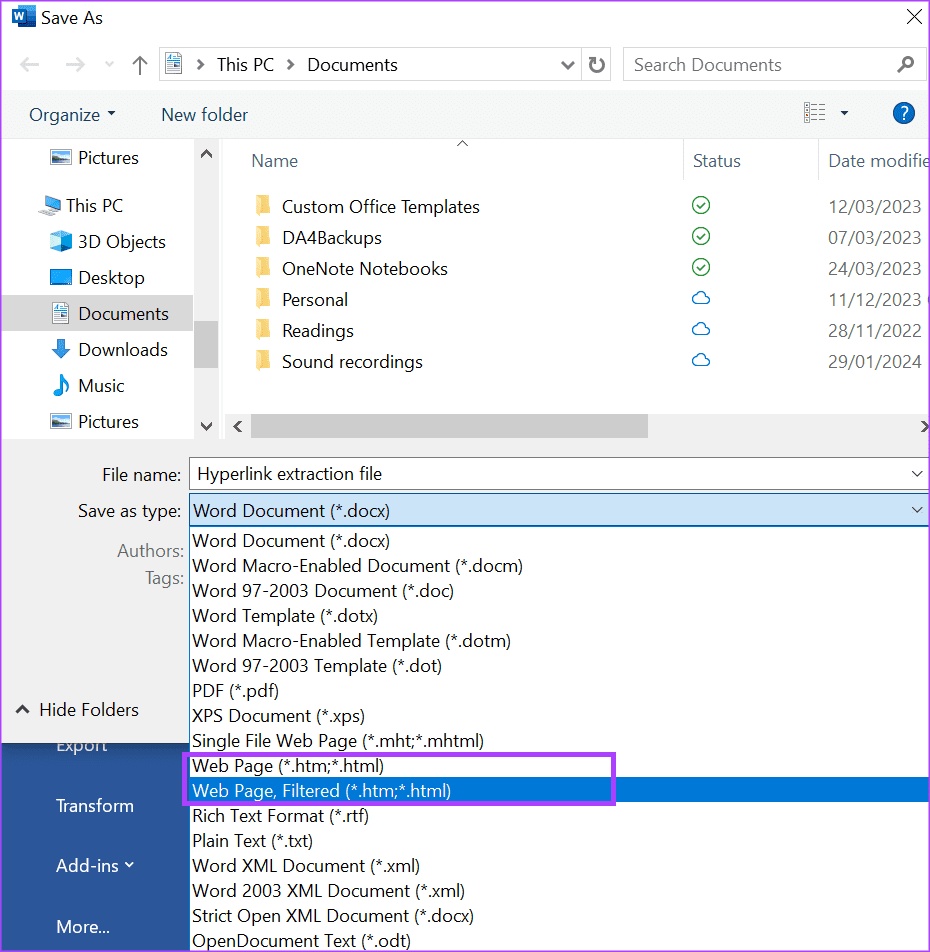
Step 7: Click Save to create the .html file.
Step 8: Open your Windows File Library and navigate to the location with your saved .html file.
Step 9: Right-click on the file, click Open with, then select Notepad.

Step 10: Copy the content of the HTML file and paste it into a Word document.

Step 11: Click the Ctrl + H keys on your keyboard to launch the Find and Replace dialog box. Alternatively, click the Replace button on the Home tab.

Step 12: In the Find what field, enter the unwanted code surrounding the hyperlink.

Step 13: In the Replace with field, leave a blank space and click Replace All. This ensures all unwanted code are replaced with a blank space.
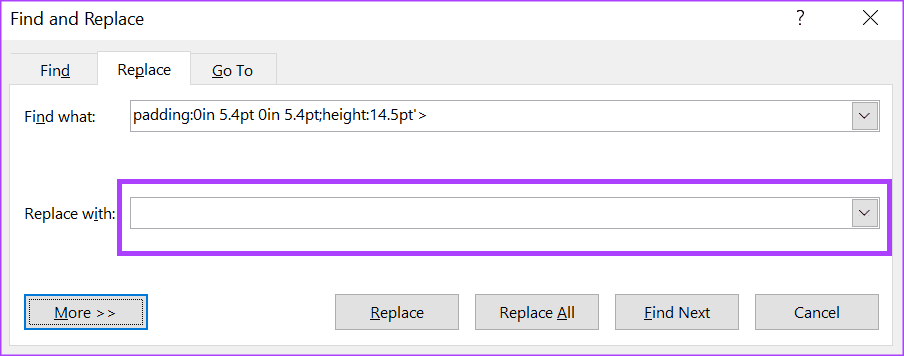
Step 14: Repeat steps 12 and 13 to remove all unwanted code until only the hyperlinks are left.
Step 15: Lastly, copy the hyperlinks and transfer them to a blank column in Excel.
Method 3: Using VBA Code
With VBA, you can create a code to help you extract the hyperlinks within a short amount of time. This is particularly useful when working with a large data set. Here’s how to do so:
Step 1: Launch Excel on your computer and open the document with hyperlinks.
Step 2: Click the Alt + F11 keys on your keyboard to open the VBA window.
Step 3: On the VBA window, click the Insert tab.

Step 4: Select Module from the options to launch the Module window.

Step 5: Copy and paste the following code into the Module window.
Sub ExtractHL()
Dim HL As Hyperlink
For Each HL In ActiveSheet.Hyperlinks
HL.Range.Offset(0, 1).Value = HL.Address
Next
End SubStep 6: Click the Run tab and select Run Sub/UserForm.

Step 7: Lastly, close the VBA window by clicking the Alt + Q keys. Your extracted hyperlinks should show up in a new column.
Was this helpful?
Last updated on 20 July, 2024
The article above may contain affiliate links which help support Guiding Tech. The content remains unbiased and authentic and will never affect our editorial integrity.

